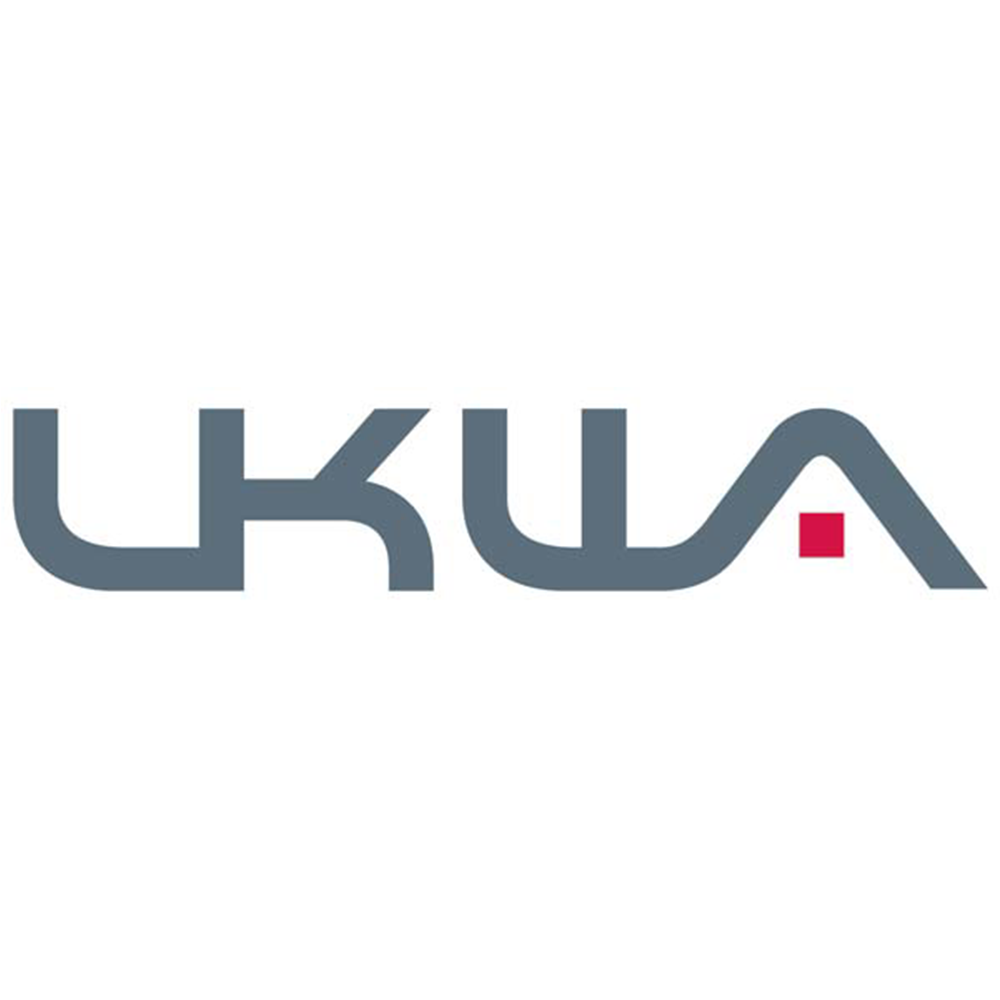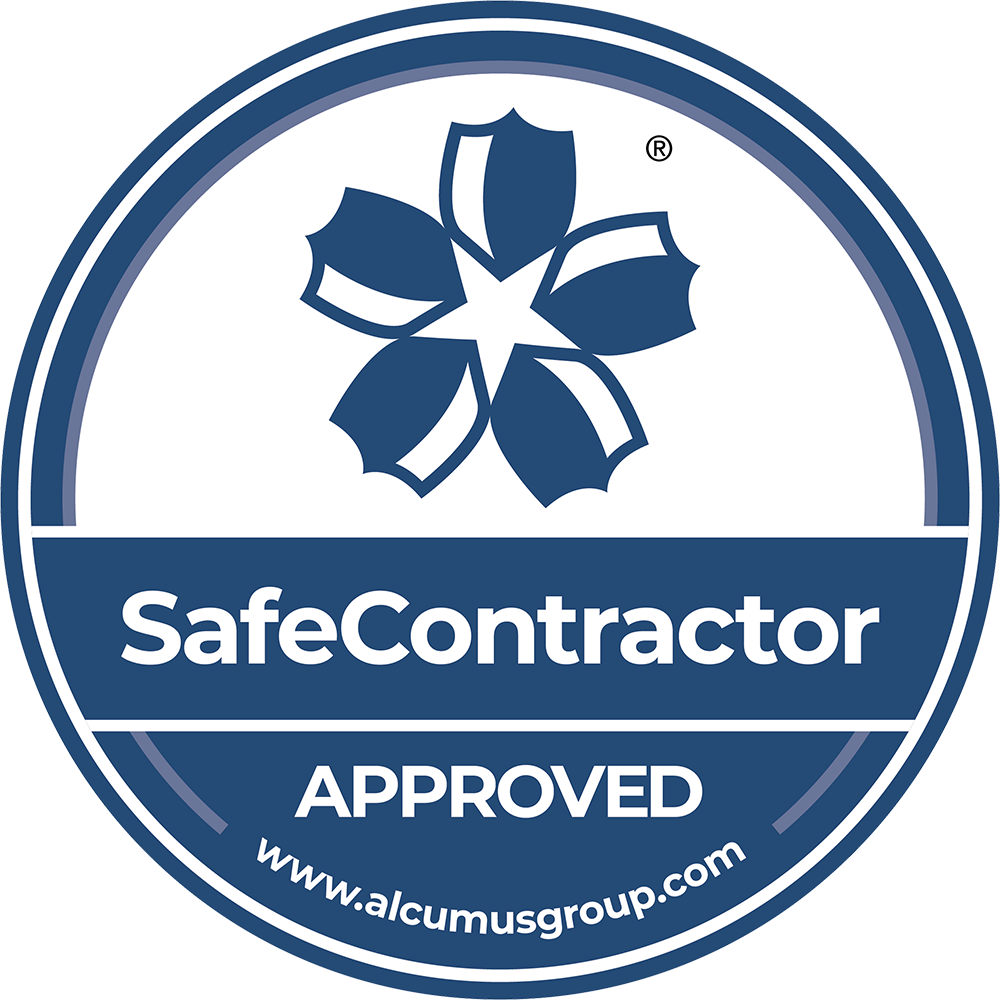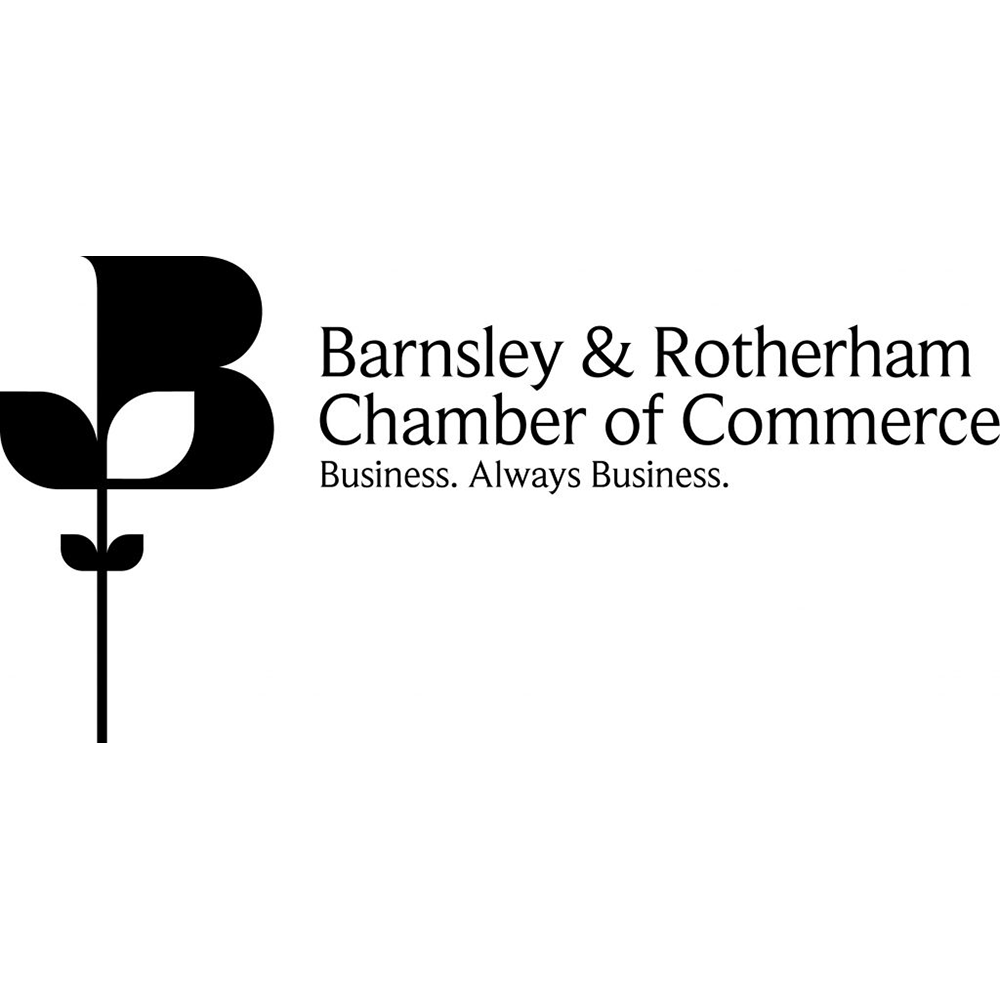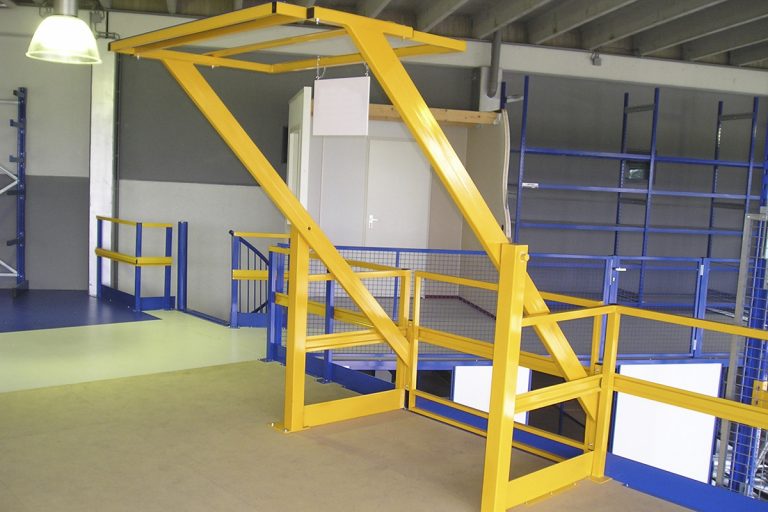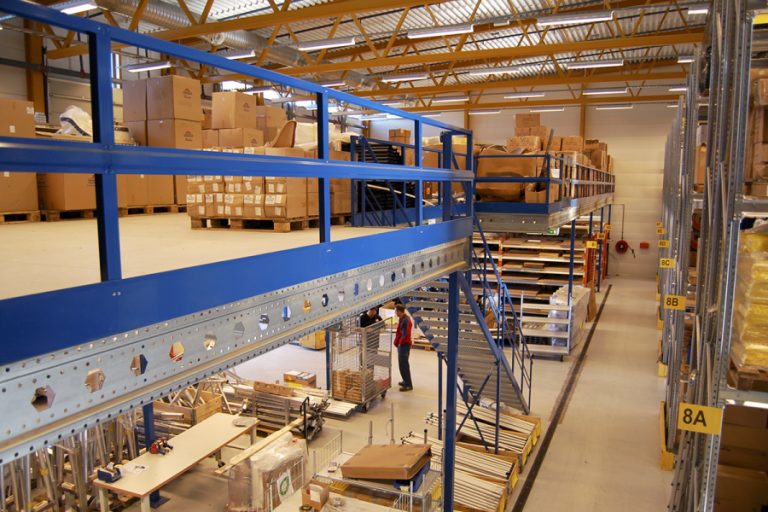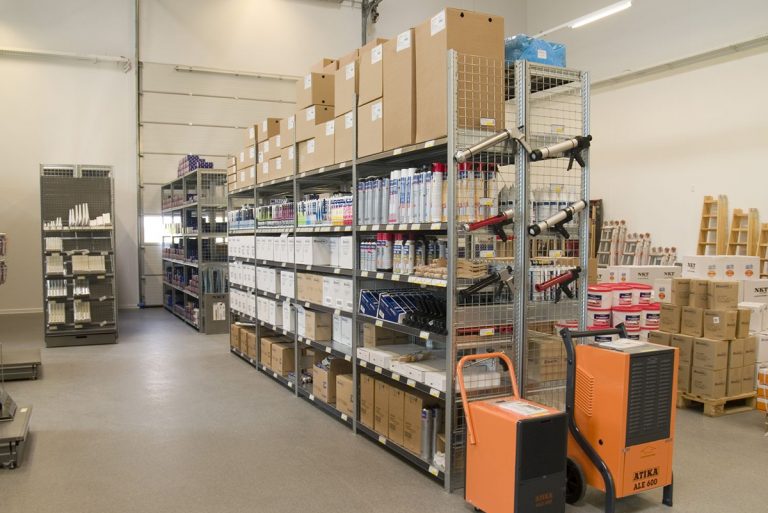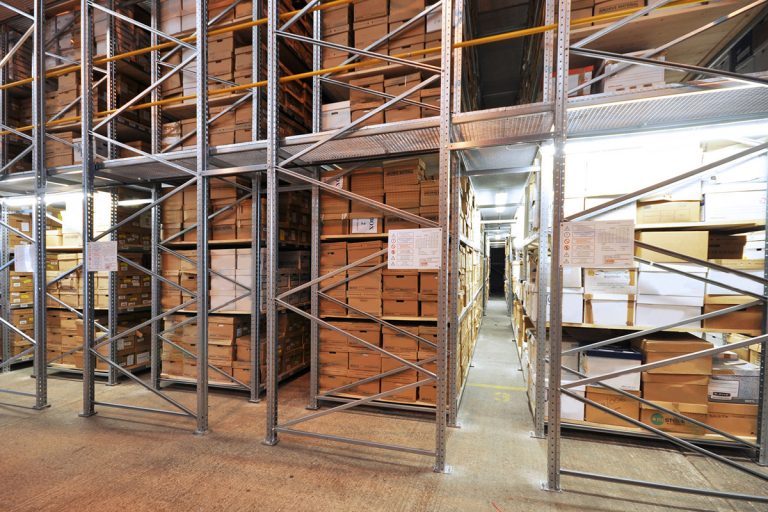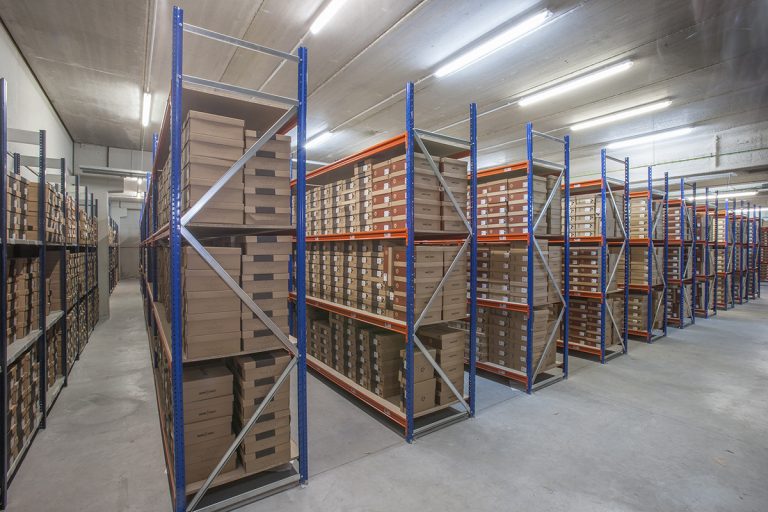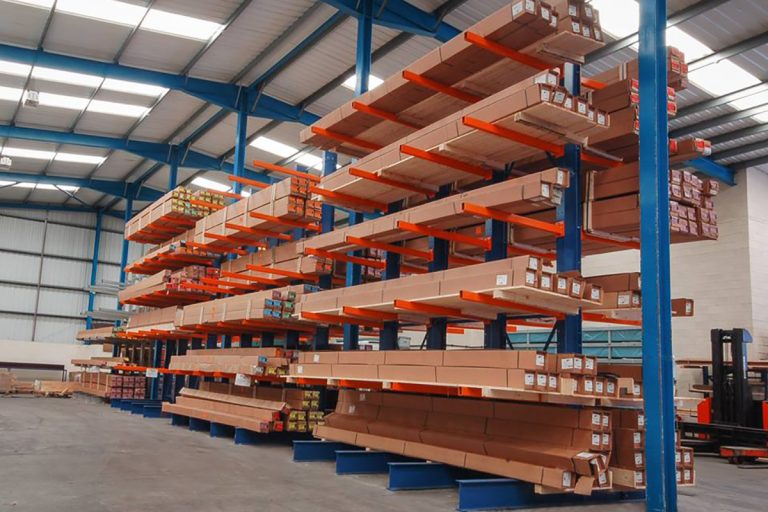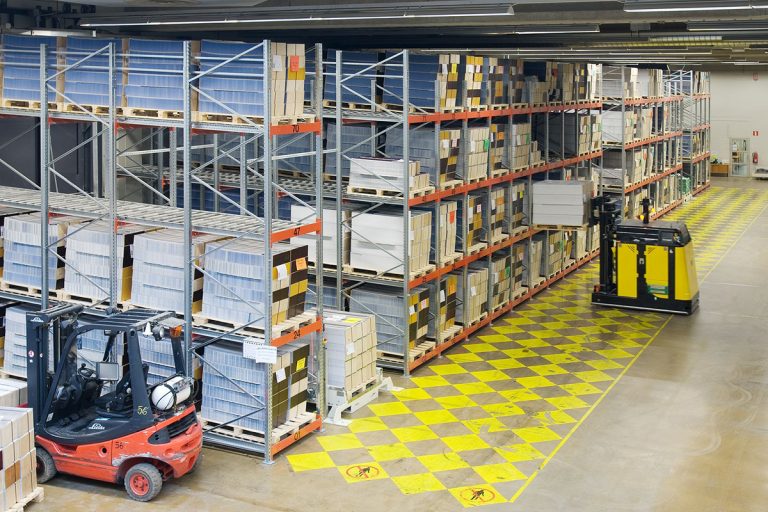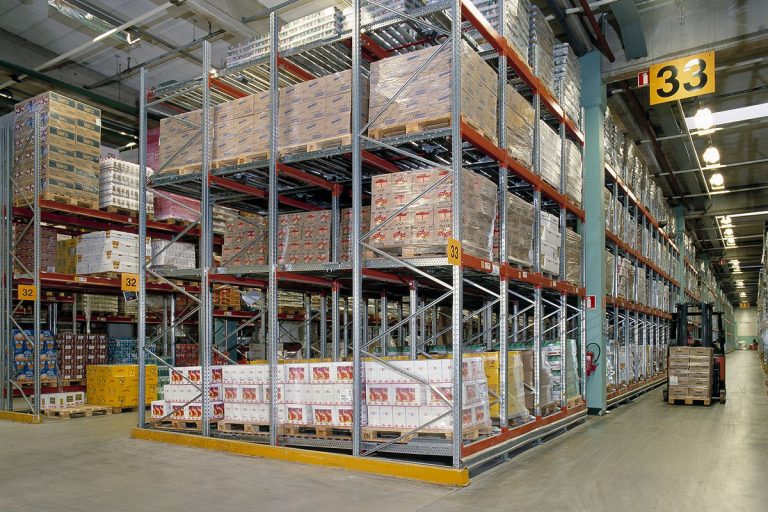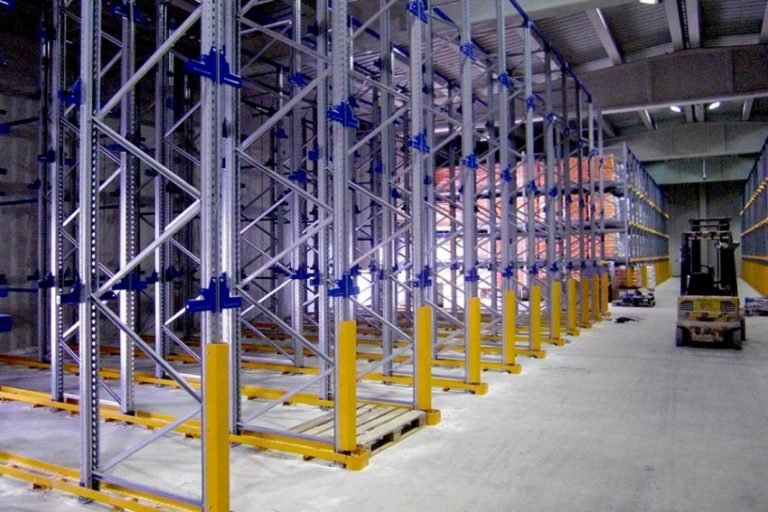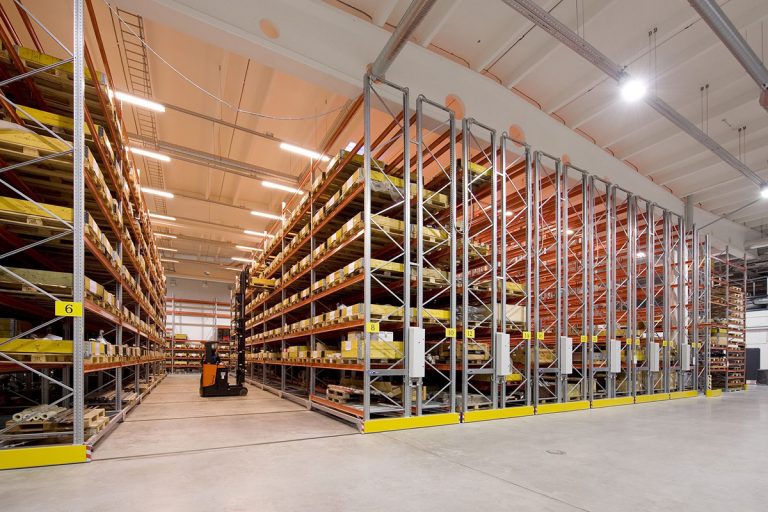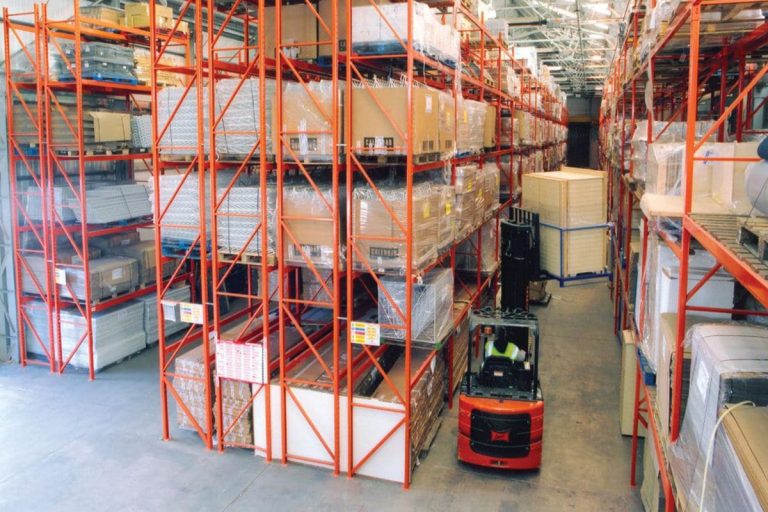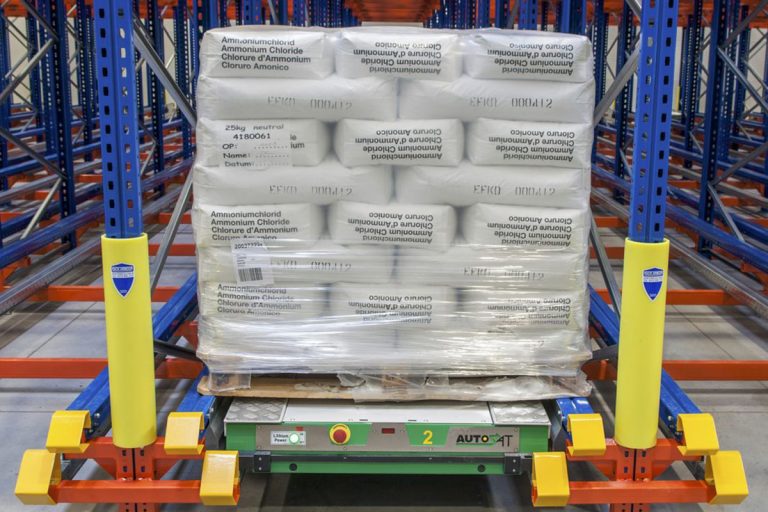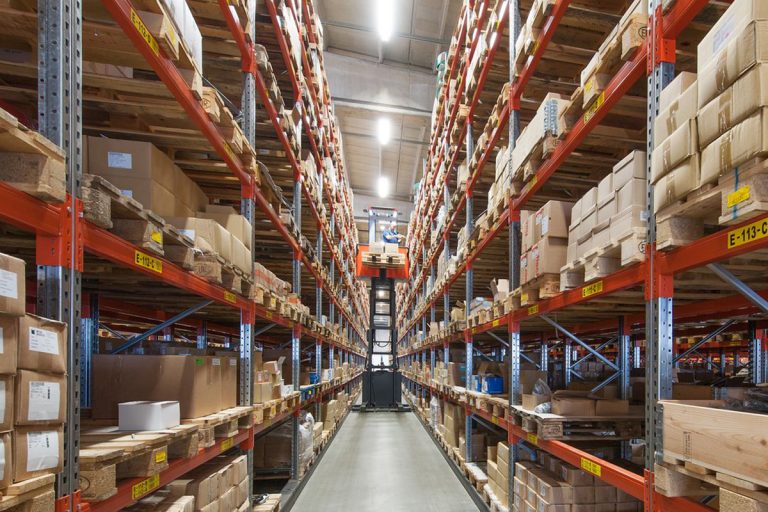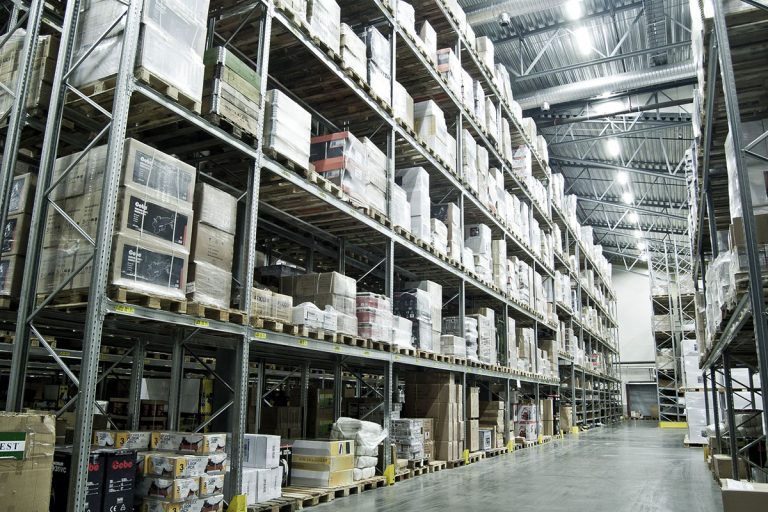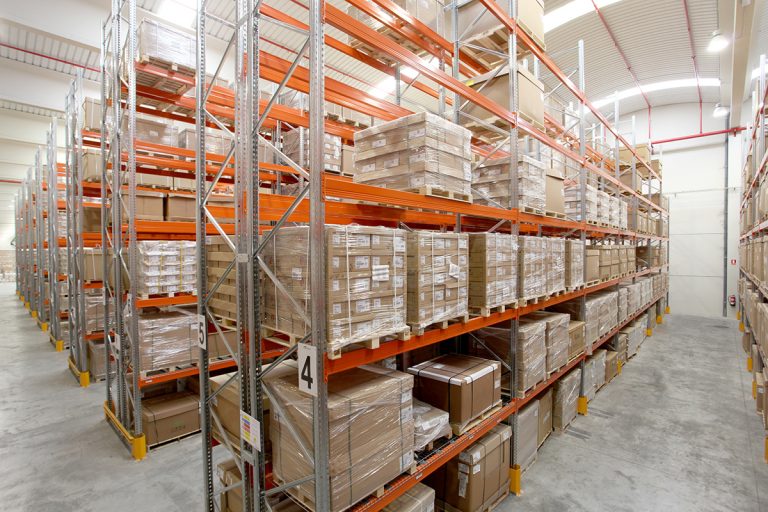Warehouse safety is of paramount importance in any industrial setting. One critical aspect that demands attention is the integrity of racking systems.
Unfortunately, racking collapses can lead to catastrophic consequences, posing risks to personnel, operations and inventory. To prevent such disasters, let's delve into the most common causes of racking failures, explore examples and most importantly the prevention of racking collapse.
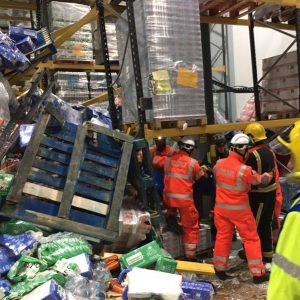
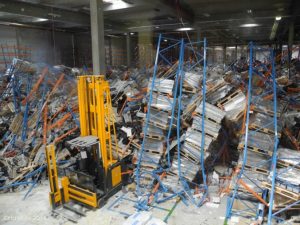
1. Racking Incorrectly Installed
One of the leading culprits behind racking collapses is improper installation. When racking systems aren't assembled correctly, they lack the necessary stability to bear the weight they are designed for. Substandard installation often involves misaligned beams, loose connections, or insufficient anchoring to the floor or wall.
Example: In a warehouse, a racking system was hastily installed without adhering to the manufacturer's guidelines. As a result, the beams weren't adequately secured, leading to an eventual collapse when the load capacity was exceeded.
2. Overloaded Pallets and Beams
Either incorrect evaluation of weight limits or ignoring weight load notices. Pushing the limits of a racking system by overloading pallets and beams, is an invitation for disaster. Exceeding the maximum weight capacity compromises the structural integrity of the racking, increasing the risk of failure.
Example: Even though the weight load notice stated the weight load capacity of the racking, pallets were stacked beyond the recommended load-bearing capacity of the racking. This constant overload weakened the system, eventually resulting in a catastrophic collapse.
3. Impact from Material Handling Equipment
The bustling environment of a warehouse often involves the use of material handling equipment like forklifts and reach trucks. Accidents and collisions with racking systems can cause damage that goes unnoticed, and even small bumps will gradually weaken the structure over time.
Example: A forklift operator accidentally backed into a rack, causing a slight dent in the upright. While seemingly minor, this impact weakened the racking's structural integrity, leading to its eventual failure during regular operations by maxing its now weakened load potential or from further minor bumps.
4. Racking Reconfigured and Not Re-Inspected for Safety
Warehouse dynamics change over time, prompting reconfigurations of racking systems. However, these alterations are not always followed by safety inspections. Neglecting to reevaluate the integrity of the racking after reconfiguration can lead to unforeseen vulnerabilities.
Example: Due to an increase in new product lines, a warehouse decided to rearrange its racking layout. However, the safety inspection was overlooked, and the new configuration was never thoroughly assessed for structural soundness, eventually leading to a collapse.
5. Racking Components Not Repaired Properly
When racking components sustain damage, repairs must be carried out promptly and professionally. Cutting corners or using makeshift fixes compromises the system's overall strength and reliability.
Example: In an attempt to save on costs, a warehouse maintenance team attempted to repair a bent beam by straightening it. This inadequate repair rendered the beam unstable, ultimately contributing to the racking collapse.
How can you minimise the Risk of Racking Collapse?
Qualified Installation, Maintenance, and Inspection Teams
The foundation of a robust racking system begins with a proper installation by qualified experts. Engaging professional installation teams ensures that racking systems are assembled in accordance with manufacturer guidelines, and following EN Regulations and SEMA Guidelines, to ensure the best structural integrity from the start.
Proper installation ensures that racking systems can safely withstand the intended loads and daily operations. It encompasses aligning beams accurately, securely fastening components, and anchoring the racking securely to the floor or wall.
Routine inspections involve comprehensive checks of the racking's structural integrity, including uprights, beams, and connections. Inspections can be undertaken by an internal trained employee while annual inspections by external qualified inspectors. All annual inspectors should be trained to follow EN15635 Standard and PUWER Regulations, in identifying potential vulnerabilities and assessing load-bearing capabilities.
Sufficient Training for Warehouse Teams
Empowering your warehouse teams with adequate training is a critical defence against racking collapse. Educating personnel on what to look for and the appropriate actions to take upon spotting an issue can prevent potential catastrophes.
- Comprehensive Awareness: Warehouse teams should be trained to recognize signs of wear, damage, or instability in the racking system. This includes understanding the importance of load limits, recognizing damaged components, and knowing when to report potential safety concerns.
- Immediate Action Plan: Training should equip personnel with a clear protocol to follow in the event they encounter a safety issue. Encouraging an open reporting culture ensures that any observed problems are promptly communicated to supervisors or maintenance teams for swift resolution.
- Ongoing Education: Safety training should be a continuous effort, ensuring that all personnel, including new hires, are well-informed about warehouse safety practices. Periodic refreshers and updates on industry best practices keep the workforce vigilant and informed.
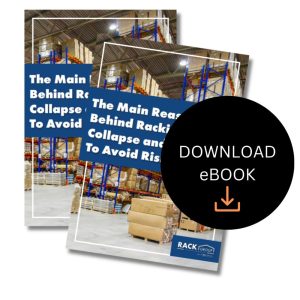
Rack Group have over 40 years’ experience in industrial pallet racking design, installation, repair and inspections, while providing training to upskill customer inhouse teams. Contact us for advice, and quotes for training, installations and inspections.
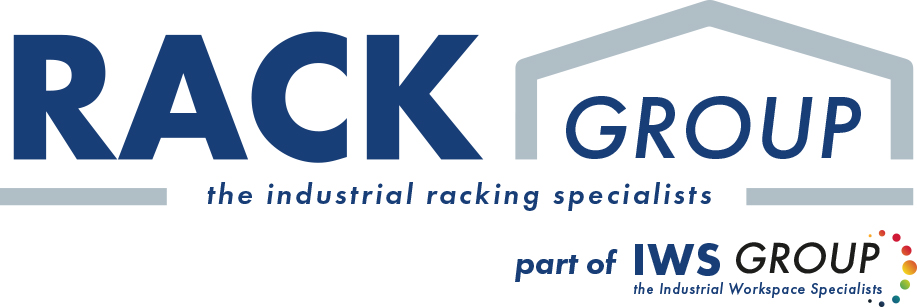

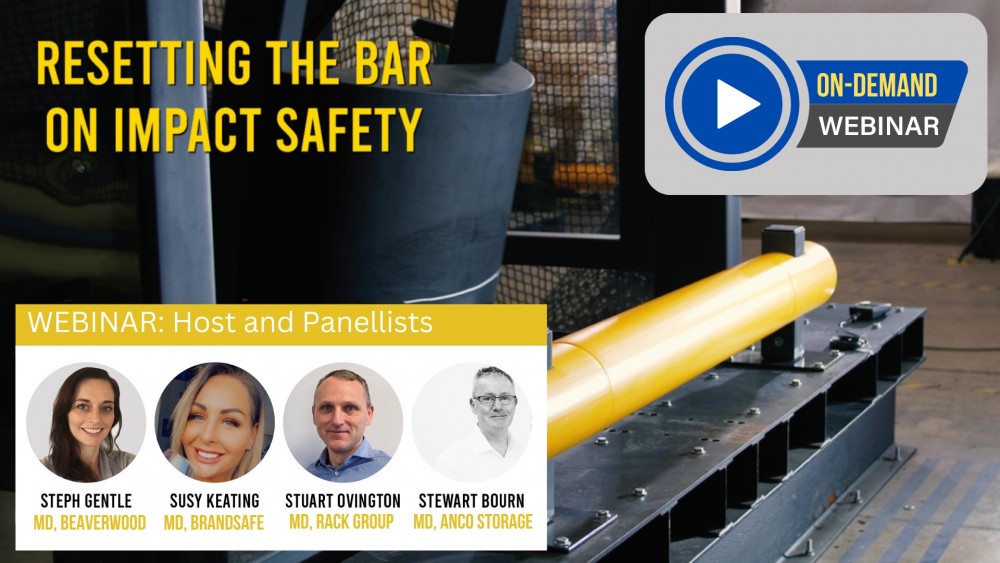


 The automotive industry has taught us valuable lessons about impact resistance. Modern cars are designed with more flexible materials and structures to absorb and disperse impact forces, ensuring the safety of drivers and passengers. In the same vein, polymer impact barriers are strategically engineered with this principle in mind.
The automotive industry has taught us valuable lessons about impact resistance. Modern cars are designed with more flexible materials and structures to absorb and disperse impact forces, ensuring the safety of drivers and passengers. In the same vein, polymer impact barriers are strategically engineered with this principle in mind.
